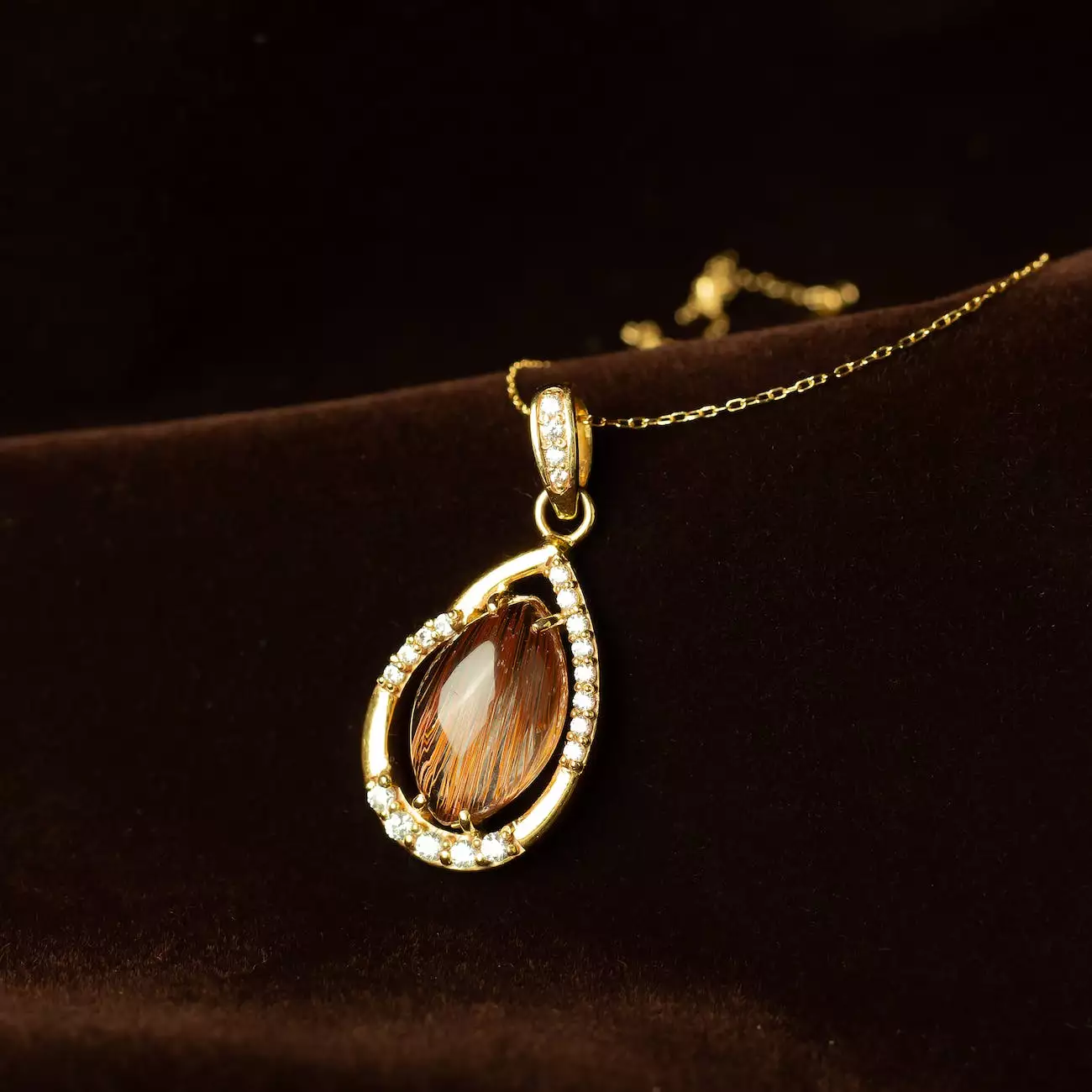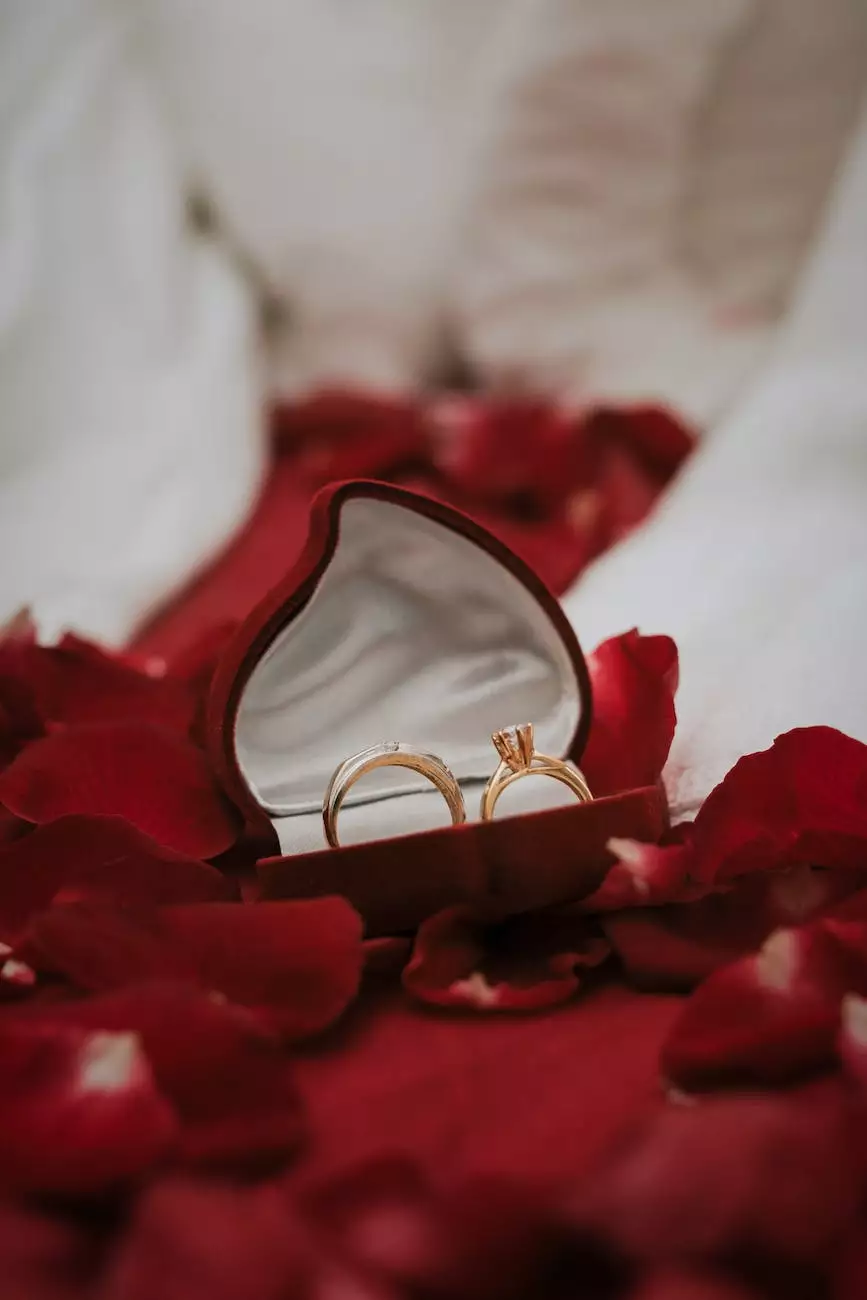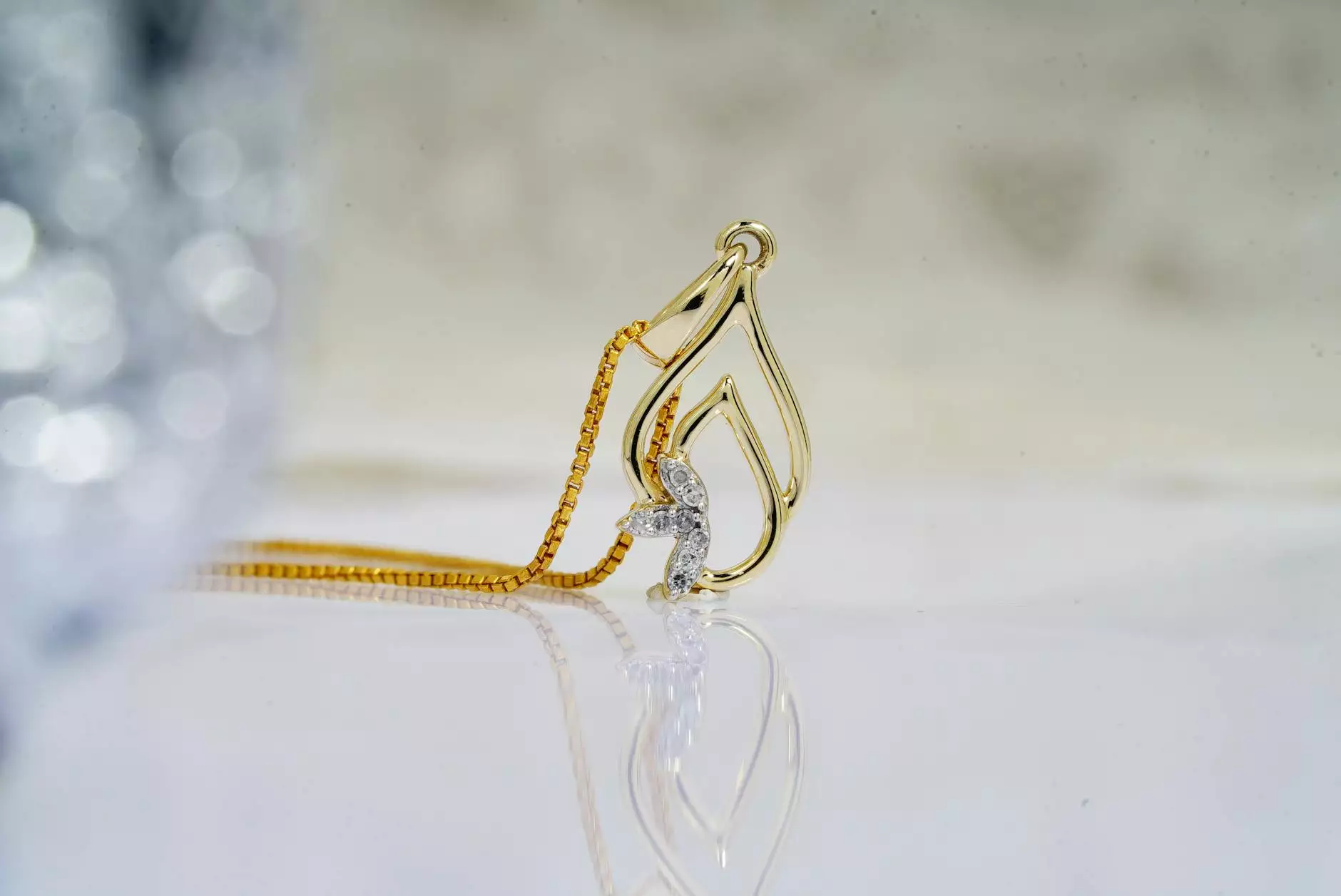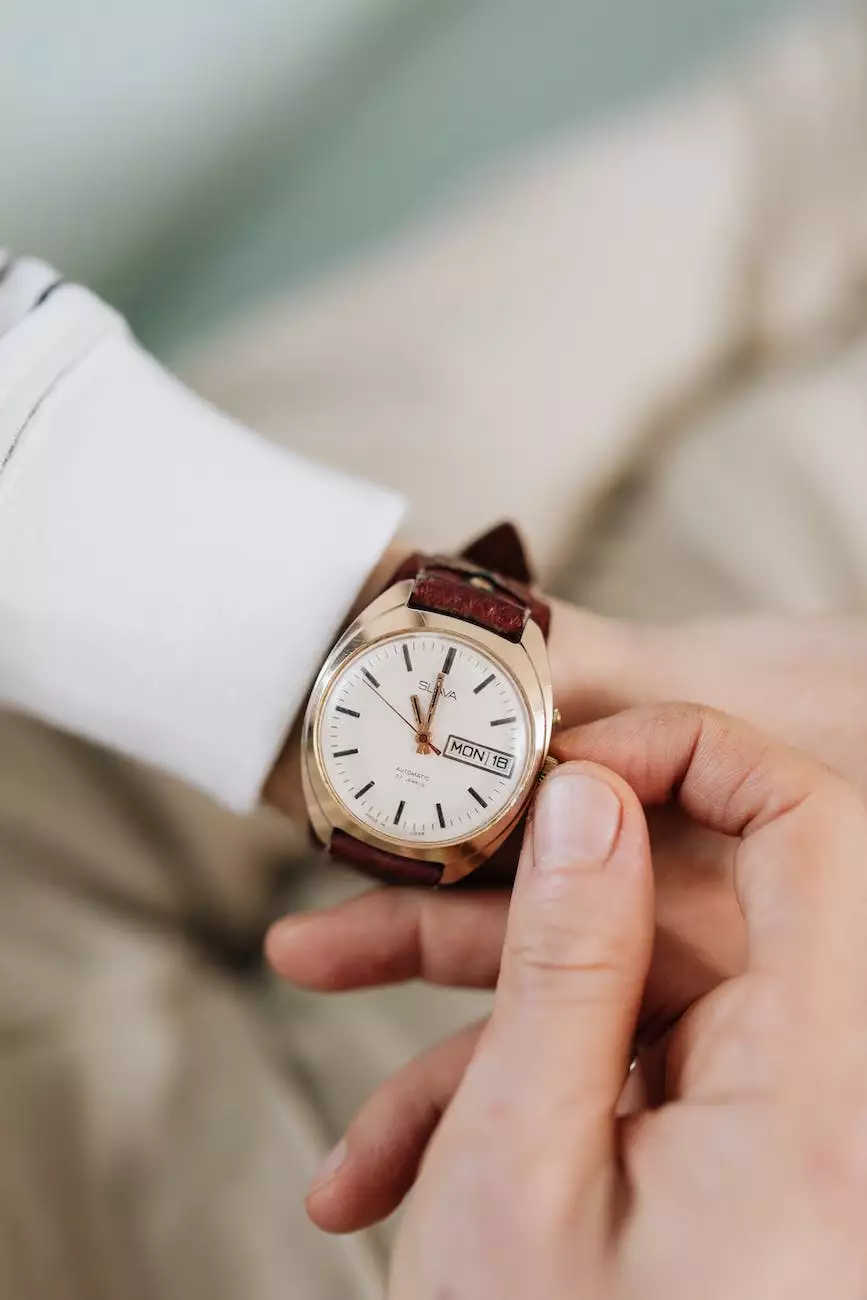Diamonds — The Four C's Clarity
Gemstones In Mythology And History
Introduction
Welcome to Licia B Jewels, your trusted destination for exquisite jewelry and gems. In this comprehensive guide, we will delve into the essential aspect of diamond clarity - one of the four Cs that greatly influences a diamond's quality, appearance, and value. Whether you are an avid jewelry lover, diamond enthusiast, or simply curious about these stunning gemstones, this guide will provide you with valuable insights to help you make informed decisions when selecting your perfect diamond.
What is Diamond Clarity?
Diamond clarity is a measure of the absence of internal and external characteristics, known as inclusions and blemishes. These unique features are formed during a diamond's natural formation process deep within the Earth, and each diamond carries its own distinct clarity characteristics, making it truly one-of-a-kind. Evaluating a diamond's clarity involves careful examination under magnification to determine the number, size, type, and location of these characteristics.
The Diamond Clarity Scale
The Gemological Institute of America (GIA) established the universally accepted diamond clarity grading scale, which ranges from Flawless (FL) to Included (I). This scale enables gemologists and consumers alike to differentiate between various clarity grades and make informed decisions based on their preferences and budget.
Flawless (FL)
A diamond with a Flawless clarity grade is incredibly rare and exhibits no internal or external characteristics under 10x magnification. These diamonds are exceptionally pure and possess extraordinary brilliance and fire.
Internally Flawless (IF)
Internally Flawless diamonds show no internal inclusions but may have minor surface blemishes that are barely visible under magnification. They are also highly valuable and demonstrate remarkable clarity and beauty.
VVS1 and VVS2 (Very, Very Slightly Included)
VVS diamonds have minute inclusions that are extremely difficult to detect even under magnification. The VVS category is further divided into VVS1 and VVS2, with VVS1 diamonds having slightly fewer inclusions than VVS2 diamonds. These diamonds offer excellent value and are nearly indistinguishable from higher clarity grades to the unaided eye.
VS1 and VS2 (Very Slightly Included)
VS diamonds have minor inclusions that are noticeable under 10x magnification but are still difficult to detect without magnification. VS diamonds represent an excellent balance between quality and value, offering beautiful diamonds at a more accessible price point.
SI1 and SI2 (Slightly Included)
SI diamonds have noticeable inclusions that are easily visible under 10x magnification but may be eye-clean (invisible to the naked eye). SI diamonds present an excellent option for those seeking a larger diamond or a higher carat weight while still enjoying impressive sparkle and brilliance.
I1, I2, and I3 (Included)
Included diamonds have prominent inclusions that are easily visible under both 10x magnification and to the naked eye. While I graded diamonds may offer a more affordable choice, it is important to consider the visibility of the inclusions and how they impact the diamond's overall beauty.
Factors Impacting Diamond Clarity
Several key factors influence a diamond's clarity grade, including the size, nature, number, and position of its inclusions and blemishes. Diamonds with larger or more numerous inclusions generally have a lower clarity grade, whereas those with fewer or less visible inclusions achieve higher grades.
Inclusion Types
Inclusions can manifest in the form of crystals, feathers, clouds, needles, or even other minerals trapped within the diamond. Each type of inclusion has its own distinct characteristics and impact on the diamond's clarity. Gemologists analyze these inclusions to determine their nature and significance.
Inclusion Position
The location of inclusions within a diamond can significantly affect its clarity grade. Inclusions located towards the edges or under the table facet (the flat top surface of the diamond) are generally more visible, while those beneath the pavilion (the bottom portion) may be less noticeable. The position of the inclusion within the diamond is an essential consideration when evaluating its clarity.
Choosing the Perfect Diamond Clarity
Selecting the ideal diamond clarity depends on personal preferences, budget, and desired aesthetic. Higher clarity grades, such as Flawless and Internally Flawless, offer incredible purity but come with a higher price tag. However, many diamonds with lower clarity grades still possess exceptional beauty and can provide great value.
When choosing a diamond, consider how the clarity characteristics impact the diamond's appearance. Diamonds with eye-clean clarity (those without visible inclusions to the naked eye) can often appear just as stunning as higher clarity grades at a fraction of the cost. Balancing the clarity grade with other aspects such as color, cut, and carat weight is crucial in finding the perfect diamond for your needs.
Conclusion
In this detailed guide, we have explored the critical aspect of diamond clarity, one of the four Cs that significantly contribute to a diamond's overall beauty and value. Understanding how to evaluate diamond clarity, the impact of various clarity grades, and the interplay between clarity and a diamond's appearance empowers you as a consumer to make well-informed decisions when selecting your dream diamond from Licia B Jewels. Explore our extensive collection and discover the perfect diamond that reflects your unique style and personality.









